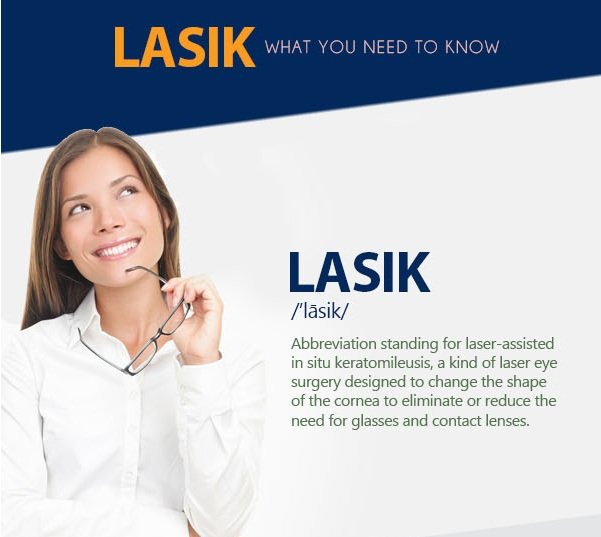Contrasting Traditional And Innovative Strategies To Glaucoma Monitoring
Contrasting Traditional And Innovative Strategies To Glaucoma Monitoring
Blog Article
how long should you fast before cataract surgery -Buck Alstrup
Did you understand that the evolution of glaucoma therapy techniques spans centuries, including both typical remedies and innovative developments? From ancient herbal mixtures to advanced Minimally Intrusive Glaucoma Surgical procedure strategies, the spectrum of options is substantial. As you delve into the intricacies of typical versus ingenious methods, you might uncover unusual understandings that challenge conventional point of views on treating this prevalent eye condition.
Historical Advancement of Glaucoma Treatments
The historical evolution of glaucoma therapies dates back to old civilizations where numerous solutions were made use of to take care of the condition. In old Egypt, as an example, treatments involved a mix of honey, fat, and sour milk related to the eyes. The Greeks and Romans also contributed to very early glaucoma treatments with a concentrate on topical applications and dietary treatments. Throughout background, diverse cultures established distinct strategies to reduce the symptoms of glaucoma, commonly rooted in herbal solutions and superstitions.
As time advanced, advancements in medical knowledge led to even more methodical methods to dealing with glaucoma. In The Center Ages, Arabic scholars made considerable contributions by examining the anatomy of the eye and establishing surgical methods to address eye problems. These very early technologies laid the foundation for modern glaucoma treatments that we have actually today. Recognizing the historical context of glaucoma treatments gives useful understandings into the continuous progression and improvement of clinical techniques over the centuries.
Contrast of Conventional Methods
In comparing typical techniques for treating glaucoma, take into consideration the historical contexts and effectiveness of various solutions.
Typical treatments for glaucoma have evolved over centuries, from ancient practices like using honey and white wine to a lot more recent improvements such as eye declines and surgeries. Historically, treatments like the application of leeches or herbal concoctions were utilized to alleviate signs, however their efficiency was limited.
As time advanced, methods like iridectomy, where a part of the iris is removed, became prominent for decreasing intraocular pressure. Some conventional methods, like using dental drugs to lower eye pressure, have actually stood the test of time and are still utilized today. However, cataract surgery 30 years ago include adverse effects and may not be as efficient as modern-day choices.
It's important to weigh the historical importance of typical glaucoma treatments versus their effectiveness in the context of current clinical advancements.
Analysis of Innovative Treatment Methods
Thinking about the progressing landscape of glaucoma treatment, ingenious techniques are changing the way this eye condition is managed.
One remarkable improvement is minimally intrusive glaucoma surgical treatment (MIGS), which uses a much less invasive choice to conventional procedures. MIGS intends to decrease intraocular stress by boosting the eye's all-natural drain system, bring about fewer difficulties and faster healing times contrasted to standard surgical procedures.
Furthermore, the growth of sustained-release medication delivery systems has given a more effective way to administer glaucoma drug. These systems can release medicine gradually over a prolonged duration, boosting person adherence and lowering the regularity of eye declines.
In addition, emerging technologies like selective laser trabeculoplasty (SLT) provide a non-invasive option for lowering intraocular stress by targeting particular cells in the eye's drain system.
Final thought
As you review the advancement of glaucoma treatments, you can see exactly how conventional techniques have paved the way for ingenious methods to arise.
From old remedies to contemporary developments, the journey of treating this complicated eye condition has actually been like a rollercoaster experience.
Yet with new strategies like MIGS and sustained-release medication distribution, the future appearances brighter than ever for patients looking for efficient and much less invasive services.
